Strengthening primary health care
At Suoi Reo medical station (Xuan Son commune, Ho Chi Minh City), we noticed that medical examination and treatment and disease prevention work seemed to be busier. Everyone was excited, believing that the difficulties in facilities, especially the shortage of medical staff at the station, would be overcome in the near future.
Dr. Le Quang Phuoc, Head of Suoi Reo Medical Center, said: “Suoi Reo Commune merged with Son Binh Commune and Xuan Son Commune, and was renamed Xuan Son Commune. The medical center is equipped with basic facilities, medicines, etc. Thanks to that, on average, about 20 people come every day for medical examination, treatment, and to get health insurance medicine. From July 1st to now, the number of people coming to visit for non-communicable chronic diseases such as high blood pressure and diabetes has increased by about 20%.”
Dr. Luu Thi Ngoc Hang, Head of Tam Long Ward Health Station (second from right), gives health advice to the patient's family. Photo: TRUC GIANG
Tam Long Ward (based on the merger of 2 communes Hoa Long and Long Phuoc of the old Ba Ria City) currently has 1 medical station and 2 medical points to care for and protect the health of over 41,000 people, of which the elderly account for about 11.6% (70% of the elderly suffer from chronic non-communicable diseases such as bones and joints, high blood pressure, diabetes, cardiovascular disease, spinal degeneration...).
Dr. Luu Thi Ngoc Hang, Head of Tam Long Ward Medical Station, said: Over the past two days, the number of people coming to the medical station for examination and treatment has increased slightly, an average of 18-20 visits/day (previously about 15 visits/day), both for medical examination and to change health insurance cards.
“All medicines at the health station are provided according to the population norms and actual disease situation of the locality, ensuring to meet the on-site treatment needs of the people and being ready to provide timely emergency care before transferring to a higher level if necessary,” said Dr. Luu Thi Ngoc Hang.
Dr. Ton That Cac, Director of Ba Ria Regional Medical Center, informed that the center currently has 10 specialized departments and 10 medical stations providing primary health care and protection for about 135,000 people in the area. According to the roadmap after the merger, the old Ba Ria City will be reorganized to have 1 regional medical center, 3 medical stations and 8 medical points performing the task of caring for and protecting community health.
“On July 1, the Ho Chi Minh City health sector began implementing the project approved by the Ho Chi Minh City People's Committee with 38 regional health centers, 168 health stations and 296 health points. In the immediate future, the city's health system will maintain 443 existing ward and commune health stations. Within 60 days, the Ho Chi Minh City Department of Health will convert them into 168 ward and commune health stations corresponding to the new wards and communes and 296 health points. The merger does not reduce the role of the grassroots health sector, but on the contrary, creates conditions to consolidate human resources and improve the quality of initial medical examination and treatment for people,” Dr. Ton That Cac expressed.
Similarly, people in wards and communes of Ho Chi Minh City also have high expectations for changes after the merger. Ms. Ngo Thi Tam (55 years old, Thuan An ward) is waiting for test results at Thuan An Regional Medical Center, saying that she is very excited to be a new citizen of the city named after Uncle Ho. She hopes that after the merger, the grassroots health system, including Thuan An Regional Medical Center, will be upgraded and invested in standard medical equipment so that people do not have to struggle to travel to the center of Ho Chi Minh City for medical examination and treatment.
Strengthening links, improving treatment capacity
MSc. Nguyen Chi Phong, Deputy Executive Director of Medic Binh Duong Hospital, said that people in remote, isolated and special economic zones of Ho Chi Minh City will have faster access to end-line hospitals, without the need for referrals in different provinces and cities. To quickly grasp new opportunities, not only Medic Binh Duong Hospital but also other hospitals have plans to approach and sign contracts for technology transfer and expertise transfer with central hospitals in Ho Chi Minh City, in order to improve the quality of examination and treatment, thereby contributing to reducing the burden on medical facilities in the center of Ho Chi Minh City.
Sharing the same opinion, Dr. Lam Tuan Tu, Director of Vung Tau Hospital, said that in order to meet the needs of medical examination and treatment in the new situation, the hospital not only upgrades and deploys a number of new services and techniques, but also needs support and close cooperation from the city's end-line hospitals, in order to transfer interventional techniques for cerebrovascular, cardiovascular, cancer, and orthopedic trauma. Some diseases that previously had to be transferred to higher levels for treatment can now be treated at the hospital.
Dr. Tran Ngoc Trieu, Deputy Director of the Ho Chi Minh City Department of Health, assessed that the merger with Ho Chi Minh City is a strategic turning point, opening up a great opportunity for the health system of Ba Ria - Vung Tau province (old) to integrate more deeply with the modern, synchronous health system of Ho Chi Minh City (new). The city's health sector will deploy satellite hospital models, helping medical facilities in Ba Ria - Vung Tau (old) access and perform techniques equivalent to the final level.
Dr. Huynh Minh Chin, Deputy Director of the Ho Chi Minh City Department of Health, informed: “The old Ho Chi Minh City has 1 115 Emergency Center and 45 satellite emergency stations. According to the department's project, in the coming time, the industry will continue to expand the network of satellite emergency stations to ensure coverage of the entire Ho Chi Minh City area. People in the farthest communes of the city such as Minh Thanh commune, Tru Van Tho commune, Phu Giao commune... will benefit from this model. In addition, Thuan An General Hospital (a grade II hospital, with a scale of 320 beds with 16 departments and 5 functional rooms) annually examines and treats more than 400,000 outpatients and over 20,000 inpatients. It is forecasted that by 2030, the number of outpatients will increase to 800,000/year and inpatients to 30,000/year. Therefore, the city needs to upgrade the hospital from grade II to become a Grade I hospital (scale of 33 departments, rooms/500 beds), to help Ho Chi Minh City improve quality, meet the needs of medical examination and treatment for people in this area".
Dr. Dao Canh Tuat, Vice President of Vietnam Private Hospital Association, Chairman of the Board of Directors of Van Phuc City Hospital Joint Stock Company:
The new health system will have the conditions to develop strongly.
Ho Chi Minh City will have 162 hospitals, including 12 ministerial and sector hospitals; 32 general hospitals, 28 specialized hospitals and 90 non-public hospitals. In addition, there are nearly 9,886 specialized clinics, 351 general clinics and 15,611 pharmacies and pharmaceutical businesses.
Forecasts show that the number of outpatient visits will increase from 42 million to 51 million people/year. The new health system will have the conditions to develop strongly in depth, especially in technology transfer and regional health network linkage, creating conditions for people in Binh Duong and Ba Ria - Vung Tau to easily access specialized health services in Ho Chi Minh City. In particular, after the merger to become the new Ho Chi Minh City, patients will be examined and treated without being limited by administrative boundaries.
Dr. LE CONG THO , Director of the Military-Civilian Medical Center of Con Dao Special Zone:
Organize a specialized emergency model
The Con Dao Special Zone Military-Civilian Medical Center is the place for initial medical examination and treatment for over 12,000 people and officers and soldiers of the armed forces on the island district; 4,000-4,500 tourists/day come to visit, return to their roots, and relax. Last April, the center was inaugurated and put into use a new facility with a scale of 100 inpatient beds (equivalent to a class III hospital), spacious, convenient, with a total investment of over 240 billion VND.
However, despite having modern equipment, the technical team has not been trained in depth, the human resources are limited, so the operation efficiency is not optimal. In particular, the emergency transportation of seriously ill patients faces many obstacles when the center currently uses high-speed boats and commercial planes to the mainland. Both means of transport depend on the weather and fixed schedules, while many urgent critical cases cannot be transferred in time due to rough seas, leading to a high risk of death.
The center is looking forward to investing in specialized medical transport vehicles such as rescue helicopters or specialized medical ships. This is not only a temporary solution but also an urgent need for the island areas, which are easily isolated by natural disasters, accidents or epidemics.
QUANG HUY - TRUC GIANG - XUAN TRUNG
Source: https://www.sggp.org.vn/ky-vong-y-te-vung-xa-hai-dao-dap-ung-nhu-cau-kham-chua-benh-post802211.html


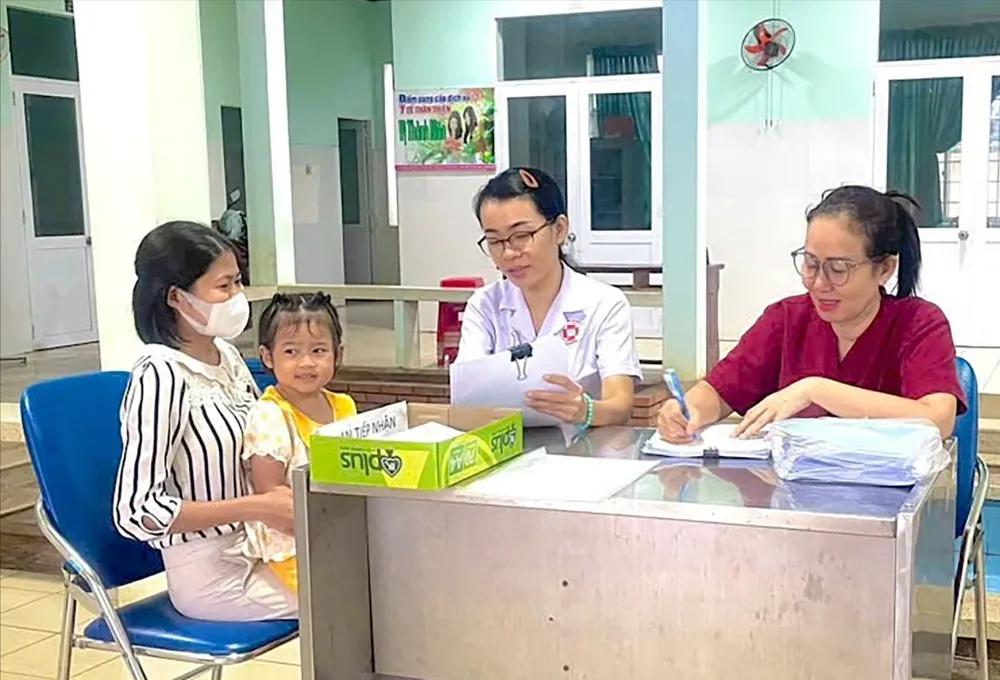




![[Photo] Prime Minister Pham Minh Chinh receives President of Cuba's Latin American News Agency](/_next/image?url=https%3A%2F%2Fvphoto.vietnam.vn%2Fthumb%2F1200x675%2Fvietnam%2Fresource%2FIMAGE%2F2025%2F12%2F01%2F1764569497815_dsc-2890-jpg.webp&w=3840&q=75)
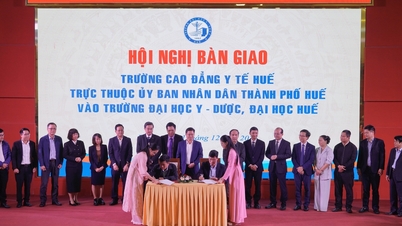

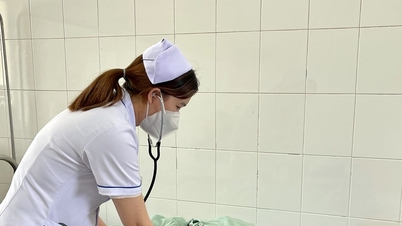

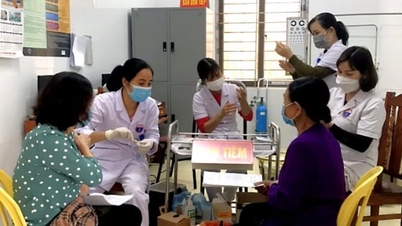

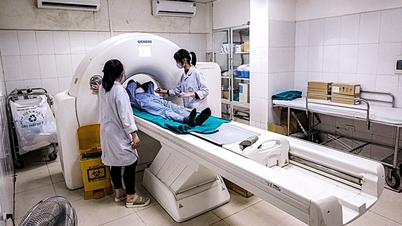

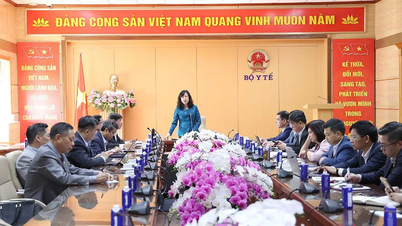
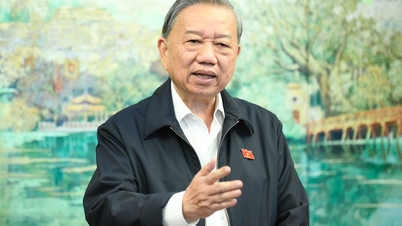
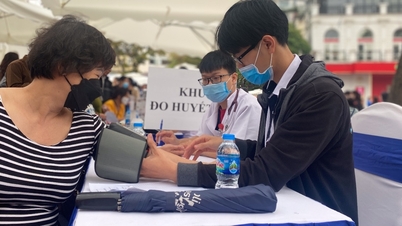

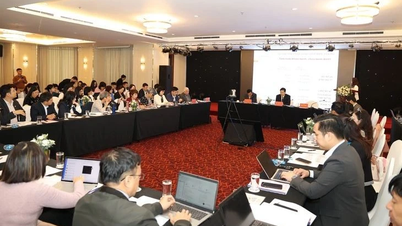

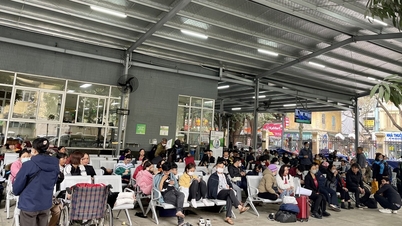
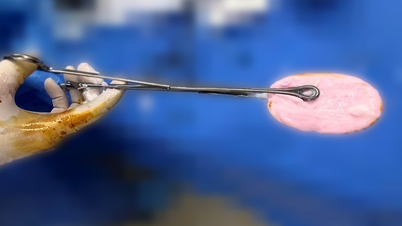
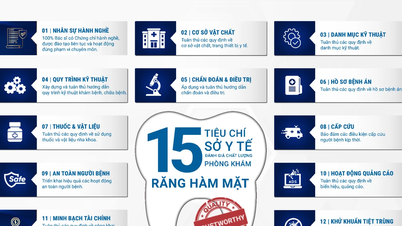

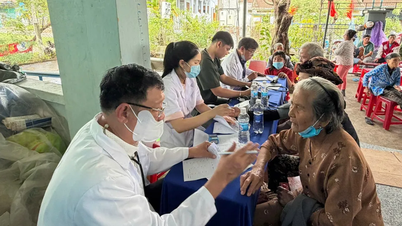





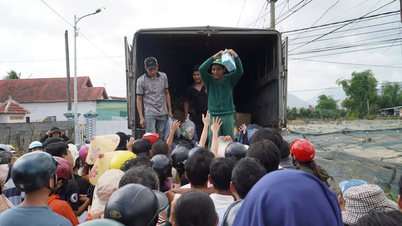
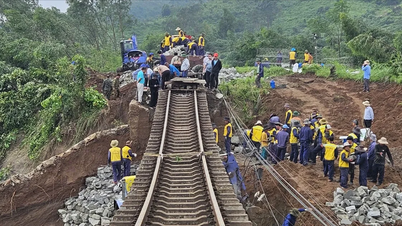

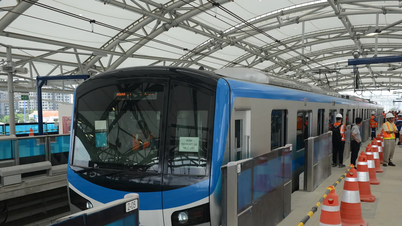
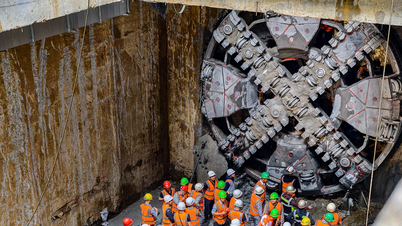



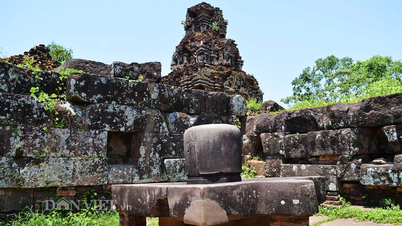



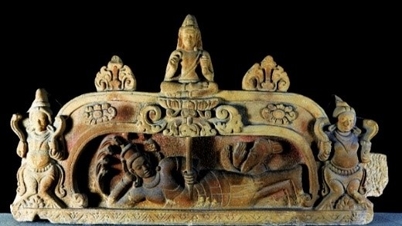
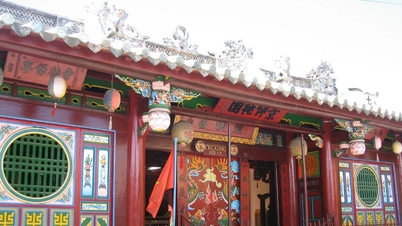
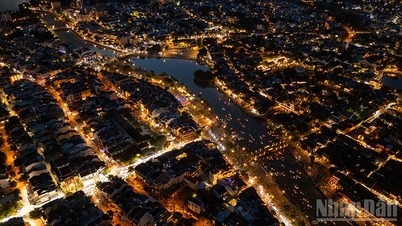
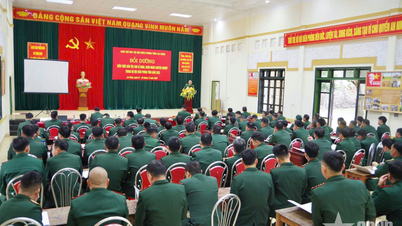


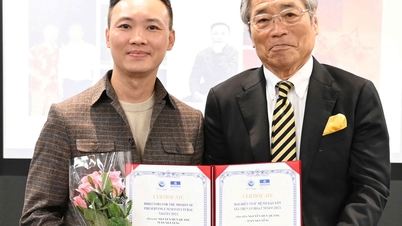


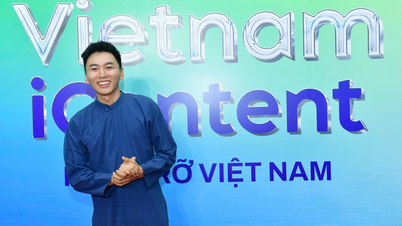





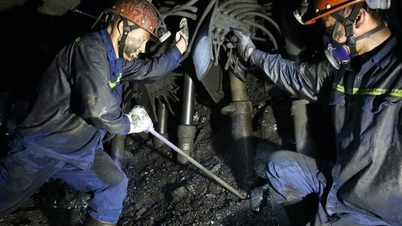


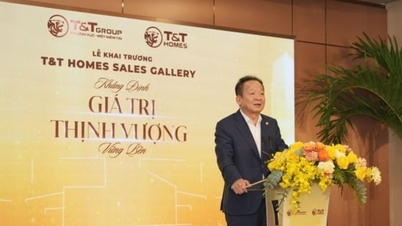


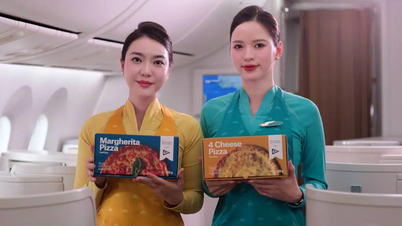
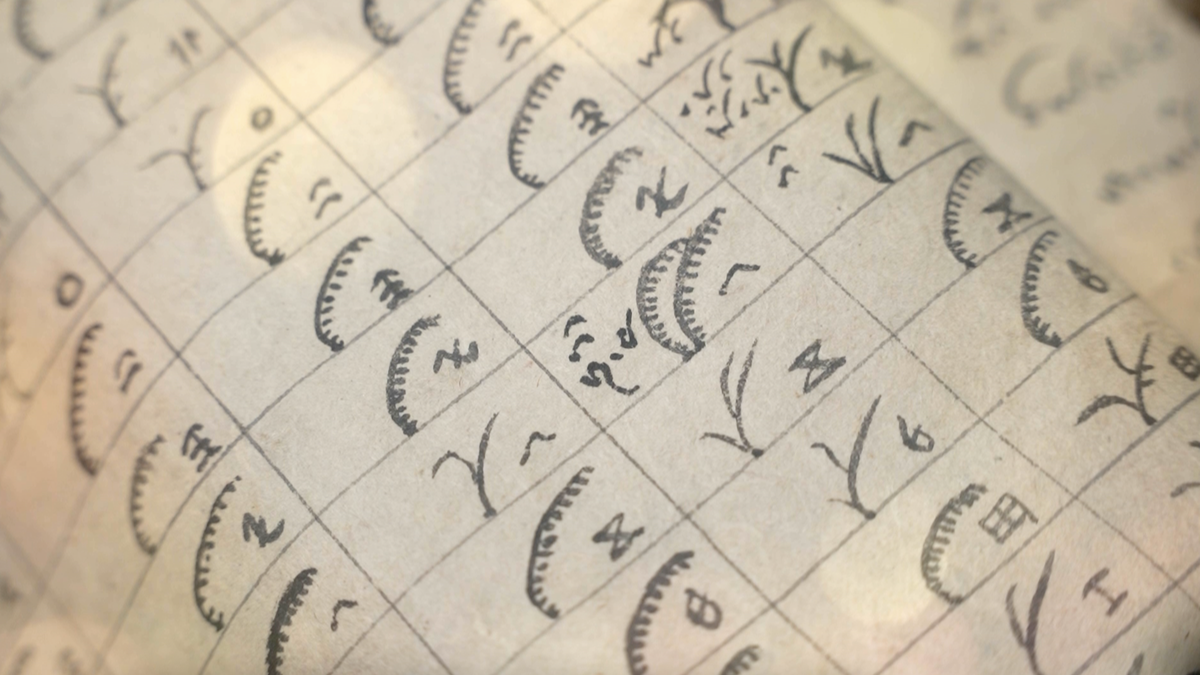





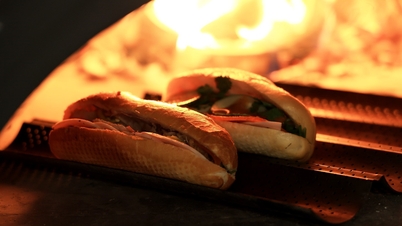
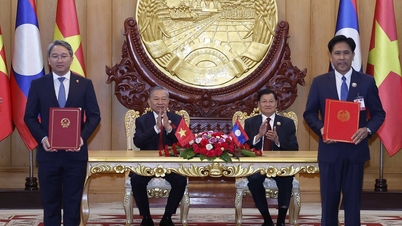
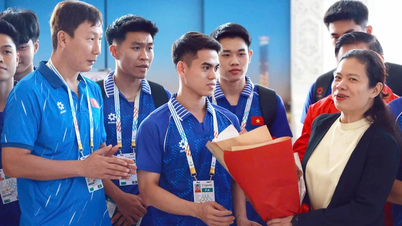
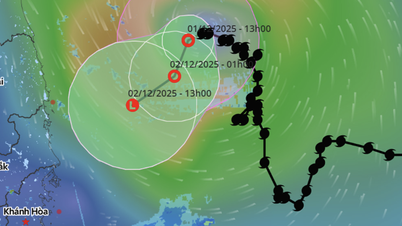





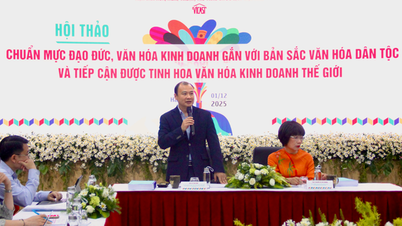
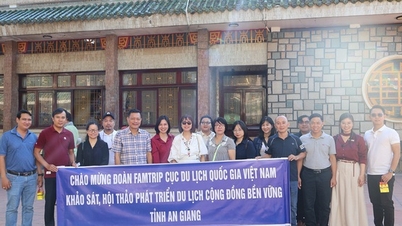
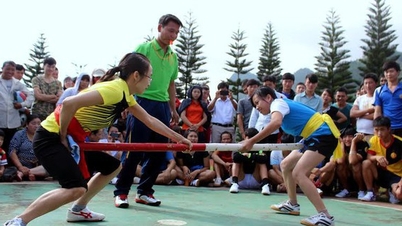
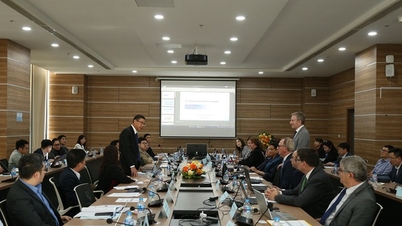

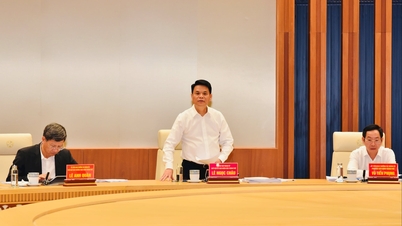

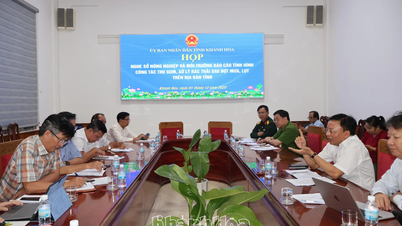



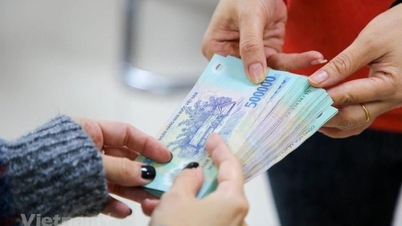










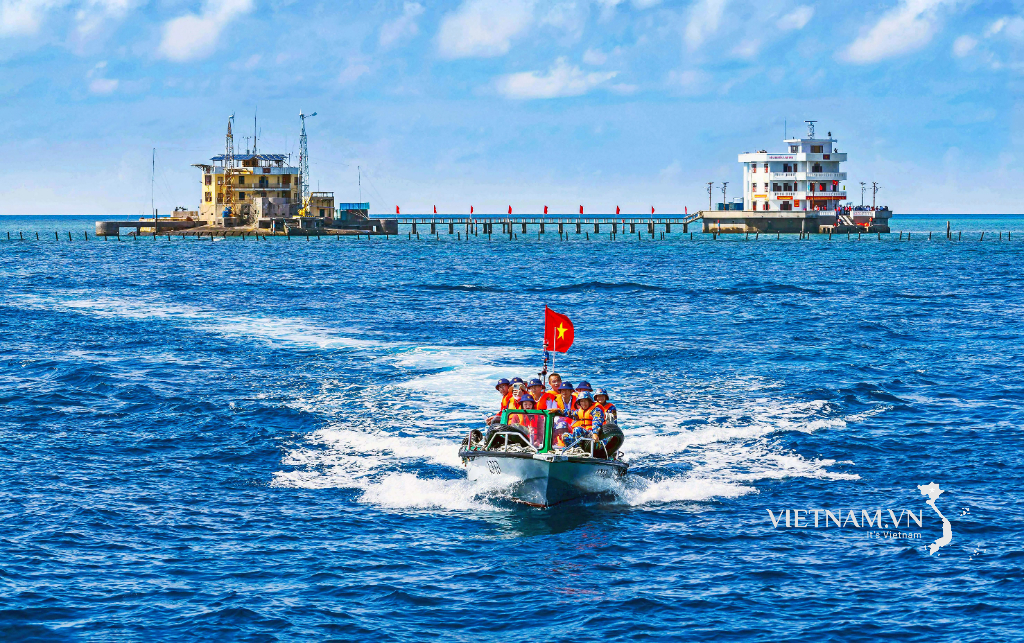
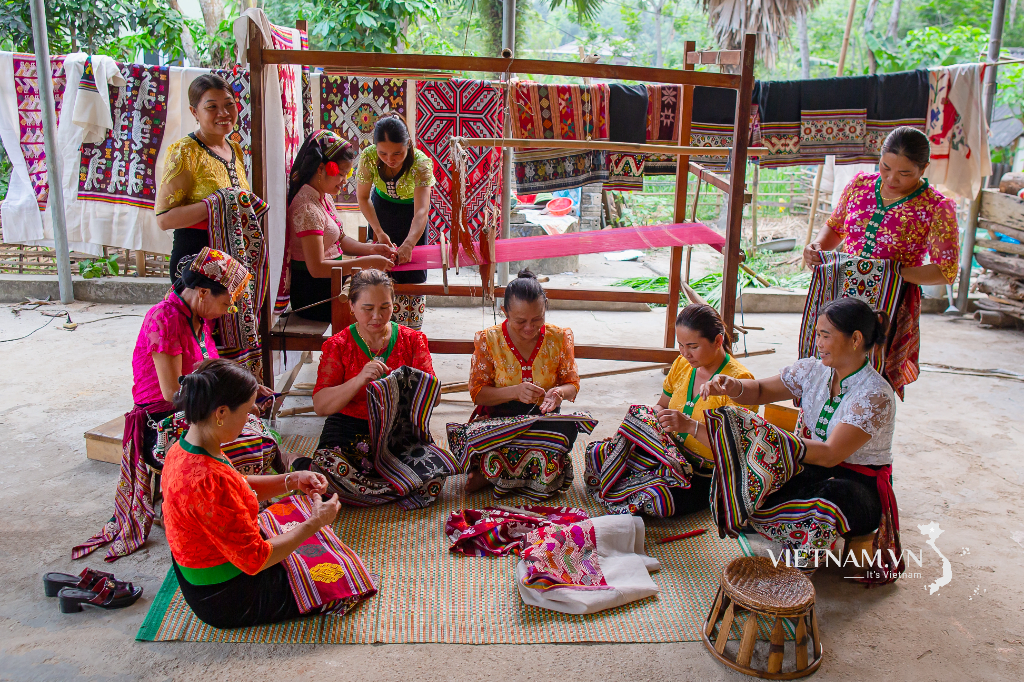


Comment (0)